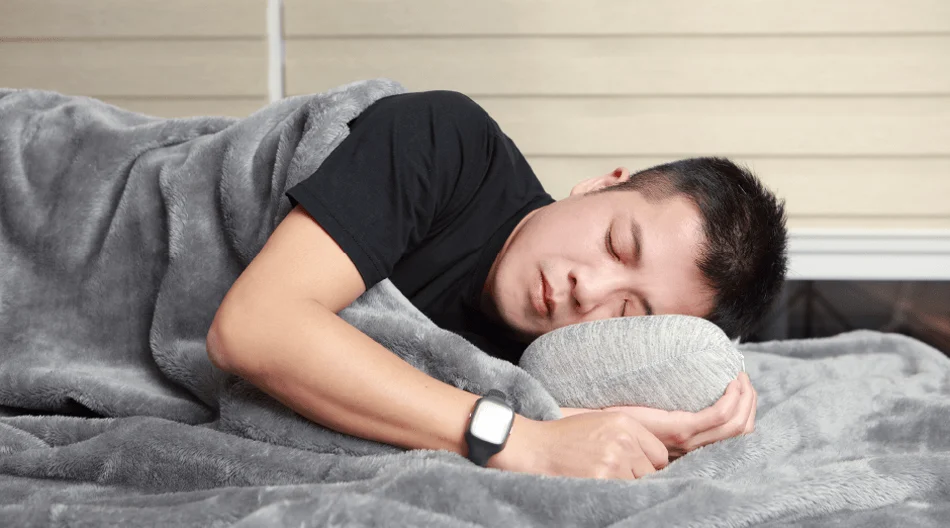Actigraphy of Sleep Assessment(ASA)
SERVICE
SERVICE INTRO
Sleep and ASA
Sleep disorders are potentially chronic diseases, but many sleep symptoms have not been properly assessed. If people only take medication to help fall asleep, it may solve the problem quickly in the short term, but it may worsen the quality of sleep in the long term. It can even cause other complications, such as sleep apnea, sleep cycle disorder, restless legs syndrome and other sleep disorders. If the symptoms of a potential sleep disorder are ignored in the early stages, when they become chronic, they may lead to brain function disorders, cardiovascular disease, metabolic disorders, and mental problems.
Monitor Your Sleep at Home
Actigraphy can be monitored in the home and interpreted by a team of sleep professionals to provide insight into the underlying causes of sleep disturbances and to offer solutions. Actigraphy is also recognized by the American Academy of Sleep Medicine (AASM) as a clinical tool for evaluating sleep disorders.

Who can benefit from neurofeedback?
TARGET
Training Sessions
Training Instructions
Testing Process
PROCESS

Content Explanation

Wearing the Sleep Activity Monitor

Data Analysis and Interpretation


